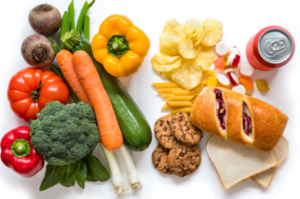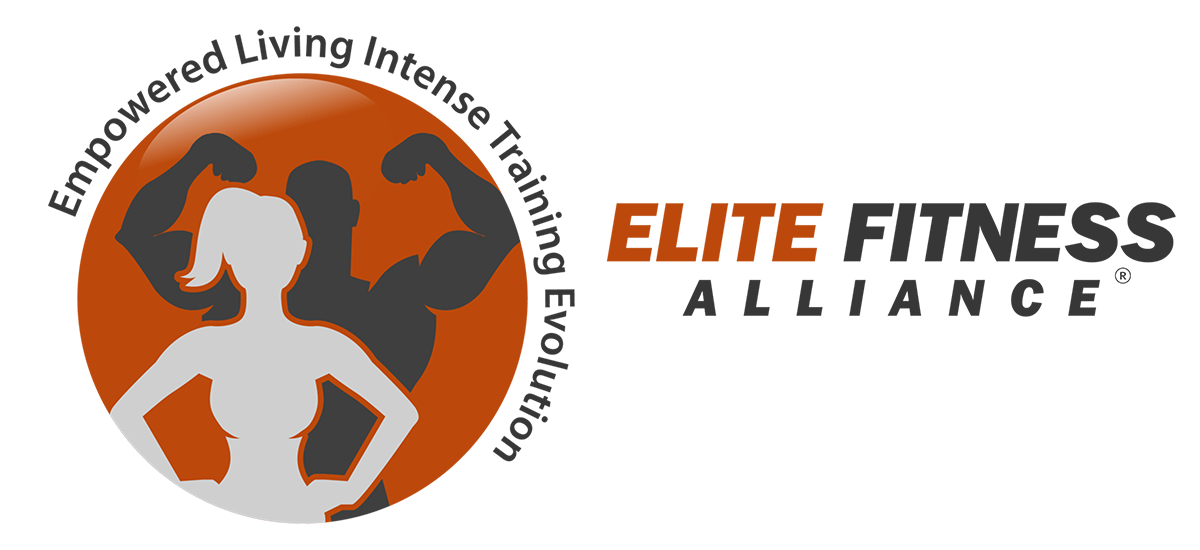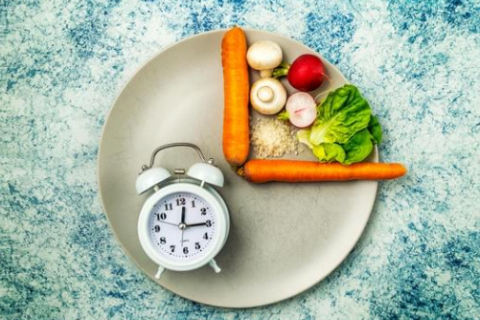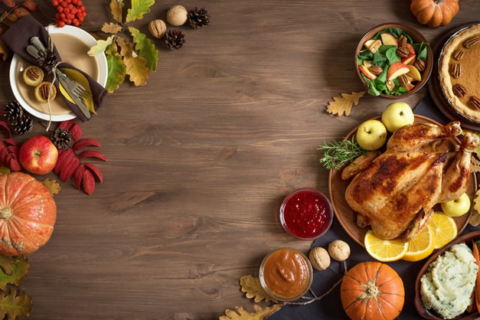Volume Eating for Weight Loss: Eat More, Lose Weight
How Volume Eating Can Help You Lose Weight
When it comes to weight loss, many people focus on eating less. But what if the secret isn’t eating less food—it’s eating more of the right foods? That’s where the concept of volume eating comes in.
Volume eating is about choosing foods that are low in calories but high in volume, meaning you can eat larger portions without going over your calorie needs. It’s a strategy that makes weight loss sustainable without constant hunger.
What Is Volume Eating?
Volume eating emphasizes foods with:
-
High water content (like fruits and vegetables)
-
High fiber content (whole grains, beans, legumes)
-
Low calorie density (foods with fewer calories per gram)
By filling your plate with foods that take up more space in your stomach but contain fewer calories, you feel fuller for longer—without derailing your calorie goals.
The CDC explains calorie density here.
Why It Works
-
Satiety Without Guilt
When you eat high-volume foods, your stomach stretches, triggering fullness signals to your brain. You feel satisfied before you overeat. -
Better Nutrient Intake
Volume eating often means eating more fruits, vegetables, and whole grains—foods loaded with vitamins, minerals, and antioxidants. -
Lower Caloric Density
According to the Mayo Clinic, calorie density is a key factor in weight management. Foods like leafy greens, broth-based soups, and berries give you more food per calorie compared to calorie-dense foods like chips or fried foods. -
Consistency and Sustainability
Unlike fad diets, volume eating isn’t about restriction—it’s about smarter swaps. That makes it easier to stick with long term.
Foods Perfect for Volume Eating
Here are some examples of great high-volume, low-calorie foods:
-
Leafy greens (spinach, kale, romaine, arugula)
-
Cruciferous vegetables (broccoli, cauliflower, Brussels sprouts)
-
Berries, apples, oranges, and pears
-
Watermelon and cantaloupe
-
Beans, lentils, and chickpeas
-
Air-popped popcorn
-
Broth-based vegetable soups
-
Zucchini noodles or spaghetti squash instead of pasta
Harvard Health also highlights why low-calorie density foods help you stay full longer.
High-Volume vs. Low-Volume Foods
Here’s a quick comparison to show how volume eating works in practice:
| Food Choice | Calories (approx.) | Portion Size | Fullness Factor |
|---|---|---|---|
| 2 cups of broccoli | 60 | Large bowl | Very filling |
| 1 small bag of chips | 160 | Small handful | Not filling |
| 1 medium apple | 95 | Whole fruit | Filling |
| 1 candy bar | 210 | Small bar | Not filling |
| 3 cups air-popped popcorn | 90 | Big bowl | Filling |
| 1 slice pepperoni pizza | 285 | Small slice | Not filling |
Source: USDA FoodData Central
How to Practice Volume Eating
-
Start with Vegetables
Fill at least half your plate with non-starchy veggies. -
Choose High-Volume Snacks
Instead of chips or cookies, try fruit, raw veggies with hummus, or a bowl of popcorn. -
Add Water-Rich Foods
Foods like watermelon, cucumber, and soups help with hydration while keeping calories low. -
Swap Smartly
Try cauliflower rice instead of white rice or zucchini noodles instead of pasta.
Example Volume Eating Day
-
Breakfast: Egg white omelet with spinach, mushrooms, and salsa + slice of whole grain toast
-
Snack: Apple slices with a tablespoon of peanut butter
-
Lunch: Big salad with grilled chicken, mixed veggies, chickpeas, and balsamic vinegar
-
Snack: Greek yogurt with berries
-
Dinner: Grilled salmon with roasted broccoli, zucchini, and spaghetti squash
Why This Works at ELITE Fitness Alliance
At ELITE Fitness Alliance, we coach clients to eat smarter, not less. With volume eating, you’ll never feel like you’re starving yourself or stuck in restriction mode. Instead, you’ll be fueling your body with foods that support your training, energy, and long-term health.
Want help creating a personalized nutrition strategy? Book a free consultation today and let’s build a plan that works for you.



